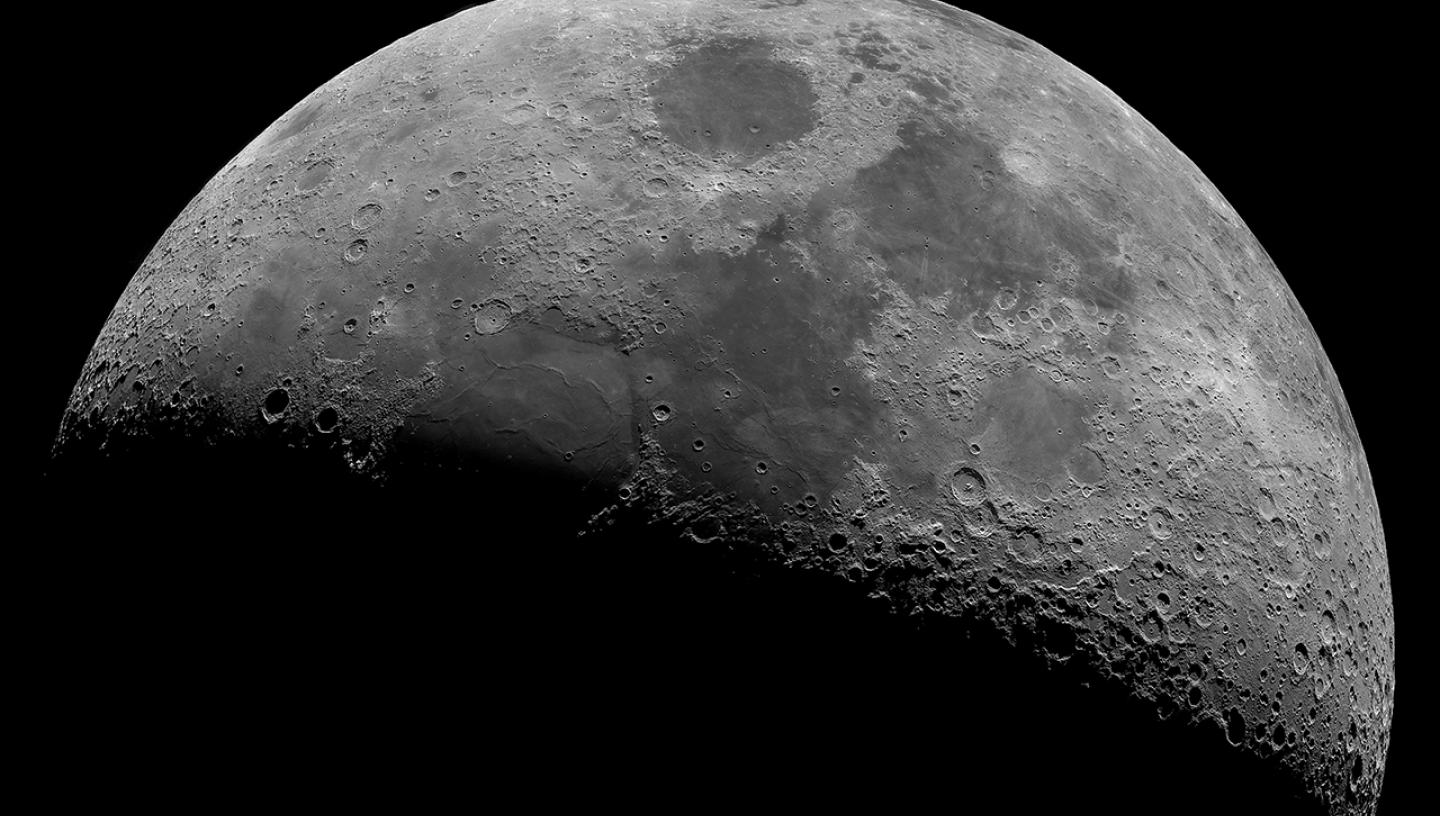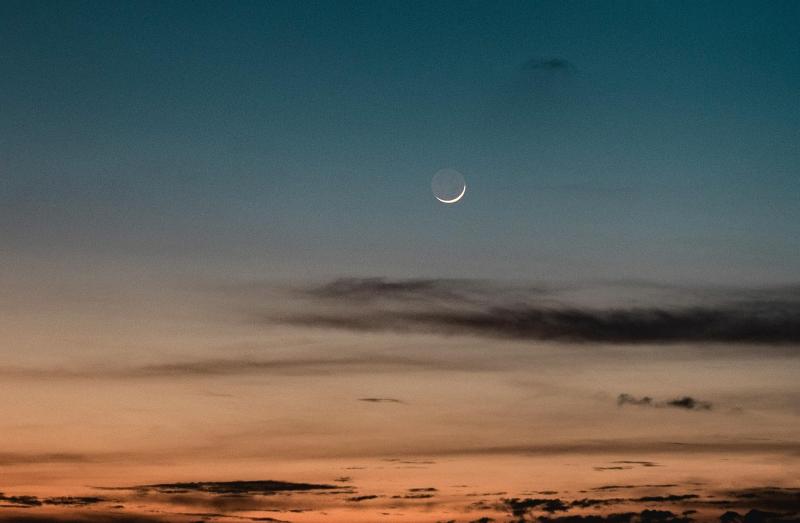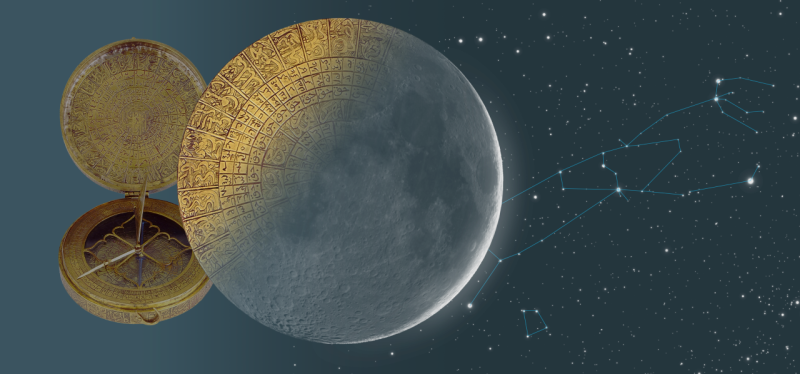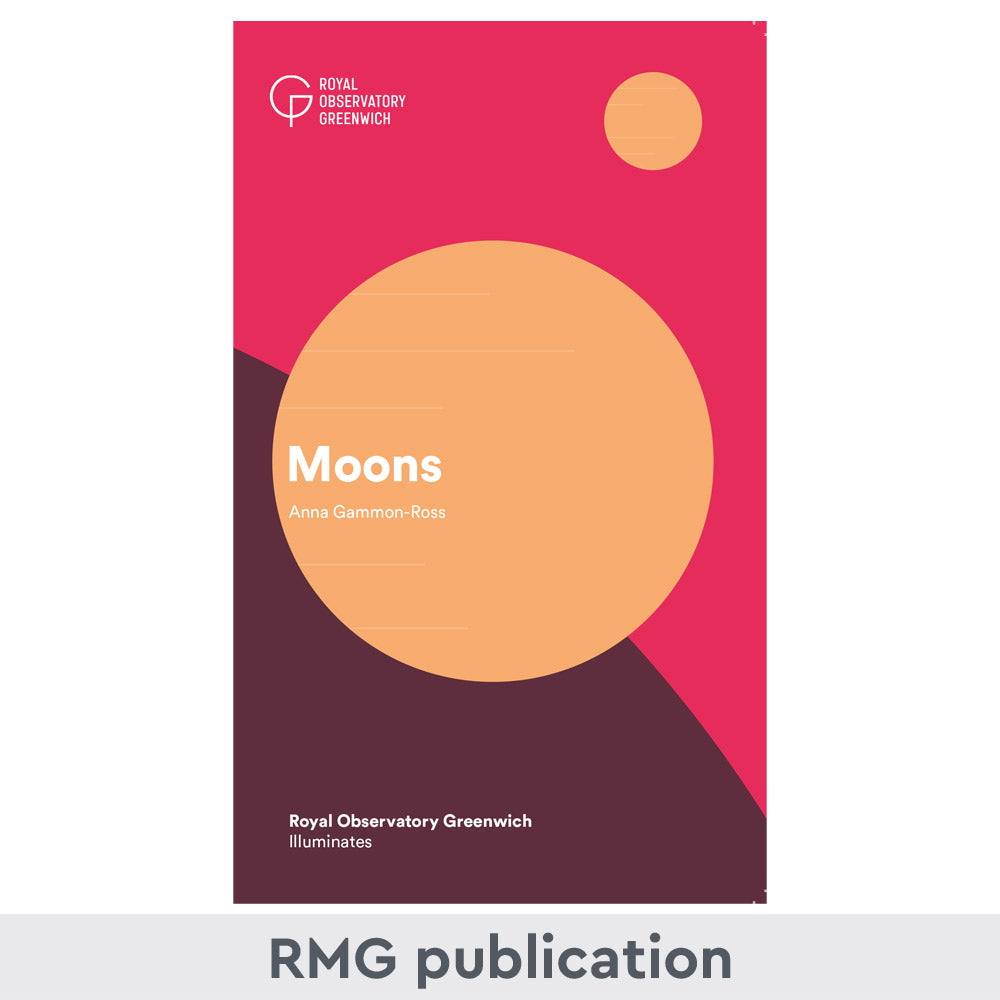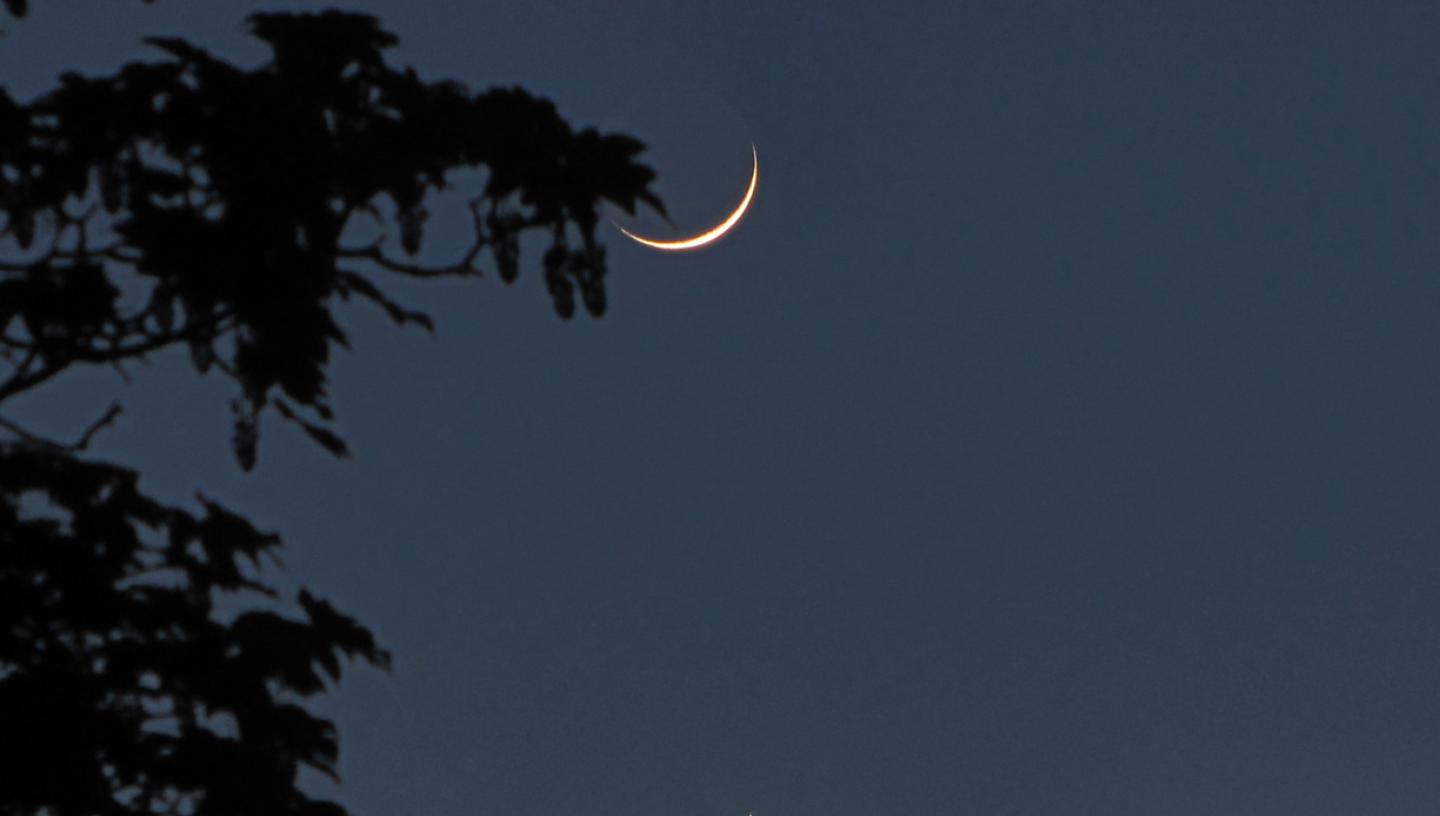
For thousands of years, humans have used the Moon to help mark time and the seasons.
The Moon's regular cycle in the sky allows people to determine the number of months in a year, keep track of the changing seasons or mark the start of religious festivals.
The Islamic calendar for example is a 'lunar visibility' calendar.
In the Islamic calendar, a month begins with the sighting of the new crescent Moon. That makes astronomy a key part of Islamic events and festivals, including Ramadan and Eid.
Find out more about the connections between the Moon, Islam and astronomy, and learn how to sight the new crescent Moon below.
What are the Moon's phases?
The Moon does not produce any of its own light. The only way we can see it here on Earth is because it reflects light from the Sun.
As it orbits our planet, different portions of the Moon's surface are lit up by sunlight. Looking up at the Moon from here on Earth, throughout the month the Moon appears to change shape. These shapes are known as the Moon's 'phases'.
There are eight phases of the Moon, beginning with the 'new Moon'. This is where the side of the Moon facing the Earth is not lit up by the Sun at all, and so the Moon is invisible.
The next phase of the Moon is called a 'waxing crescent', where a small portion of the Moon's surface is lit and can be seen from Earth. This is the phase of the Moon which marks the new Islamic month.
The phases continue to 'first quarter', 'waxing gibbous' and then 'full Moon', where the entire face of the Moon seen from the Earth is fully lit by the Sun.
Then the Moon appears to get smaller, going through 'waning gibbous', 'last quarter' and 'waning crescent' phases, before the cycle begins once more with a new Moon. It takes 29.5 days for us to see the same phase of the Moon in the sky again.
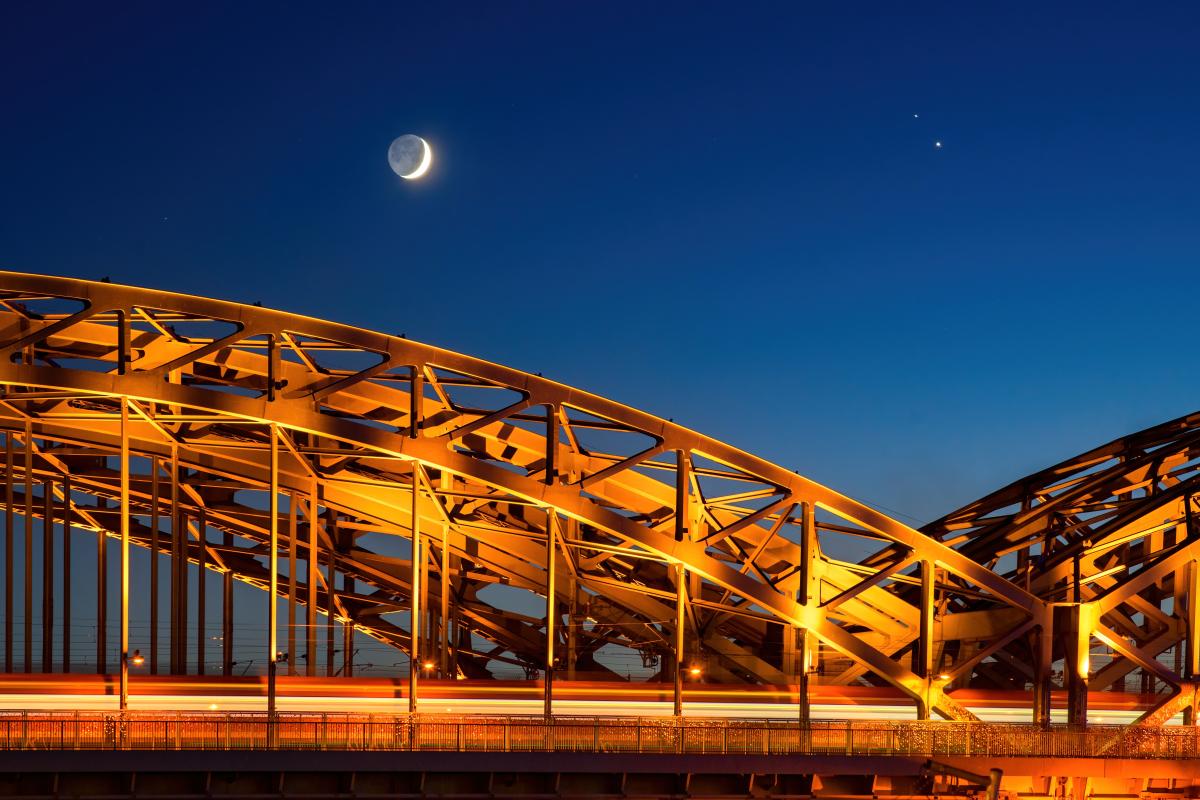
What is a new crescent Moon?
A new crescent Moon is the first time the Moon can be seen following a new Moon.
At this stage, the Moon is only the slimmest curve in the sky, with just a fraction of its near side illuminated by the Sun.
In the northern hemisphere in places like the UK, the new crescent will appear as a backwards 'C' shape. In the southern hemisphere, however, it will appear the other way around as a regular 'C' shape.
Why is the new crescent Moon important in Islam?
In the Islamic calendar, the new crescent Moon marks the start of a new month.
Although it takes 29.5 days for the Moon to go through all of its phases, it isn't practical for a month to have half a day. An Islamic month therefore can have either 29 days or 30 days. How many days in each month depends on when the new crescent Moon is first visible.
"On the 29th of each Islamic calendar month, Muslims go out after sunset looking for the Moon," explains Imad Ahmed, director of the New Crescent Society.
"If you can see the crescent Moon on the 29th, that month has 29 days. If you cannot, it means that month has 30 days. That’s why, for example, in some years Ramadan has 29 days and in others years it has 30."
Predicted Moon visibility maps like the one above can provide a useful scientific guide to when the new crescent Moon may be visible, with the likelihood varying depending on where in the world you are.
The new crescent visibility varies worldwide, just as sunset and sunrise times do, so not everyone will be able to see it at the same time or even on the same day. This variation across the world can lead to some countries marking religious holidays on different dates.
“One of the issues faced by Muslims in the UK is that we tend to differ amongst ourselves on which dates we celebrate Ramadan and Eid,” explains Imad.
"This is because some Muslim communities in the UK follow the Islamic calendar of other countries. When Muslims in the UK follow the calendars of different countries around the world, it’s natural we will have some differences. Different countries might see the moon on different dates, and different countries might have alternative methods of determining the Islamic calendar, which might not correspond to the visibility of the moon."
However, basing the months on the sighting of the new crescent Moon means that anyone can participate. All you need to do is look up!
When is Ramadan? How to sight the new crescent Moon that marks the start of the month
The first day of fasting for the holy month of Ramadan depends on when the new crescent Moon is first sighted.
If you want to try and sight the Moon, it's easy. All you need is a clear view of the western horizon where you can see the sunset; this is because the new crescent Moon always emerges near the sunset.
Depending on the date, you may want pair of binoculars or even a telescope to hand, as getting that very first glimpse can be tricky. But even if you don't manage it one night, it should be visible with the naked eye the next.
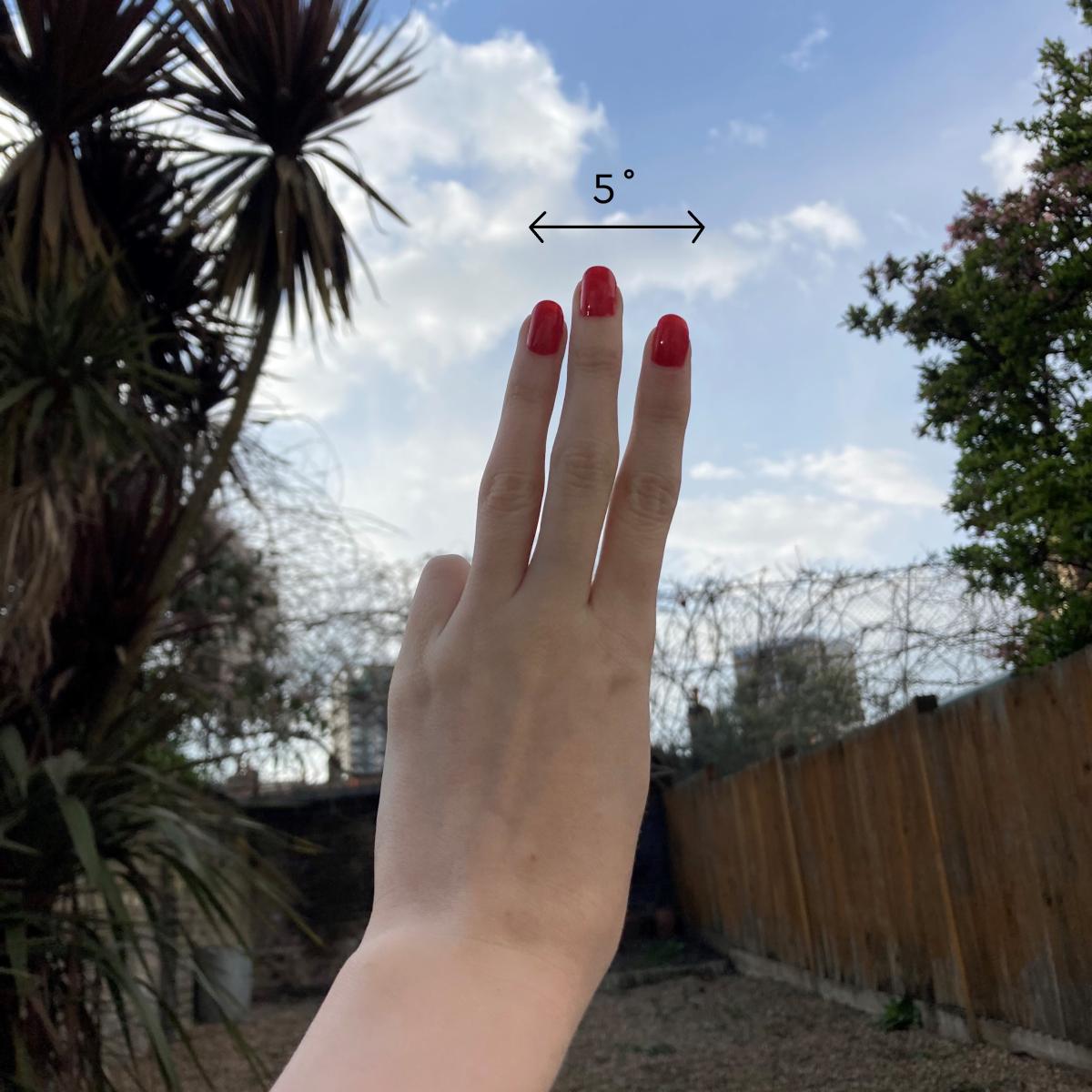
Moonsighting top tips
There are certain criteria needed for the new crescent Moon to be visible.
- The Sun must be below the horizon. This is because it needs to be dark enough to spot the small slither of the new crescent.
- The Moon needs to be above the horizon.
- The Moon and the Sun need to be far enough apart in the sky. This is known as the 'Danjon Limit', which states that the Sun and Moon need to be separated by around 5-7 degrees: that’s about the same width as your first three fingers held out at arms length.
Find out more about astronomy and Islam
Want to discover more about the links between Islam, astronomy and timekeeping? We run an Astronomy and Islam planetarium show, just one of our fantastic community astronomy events.
